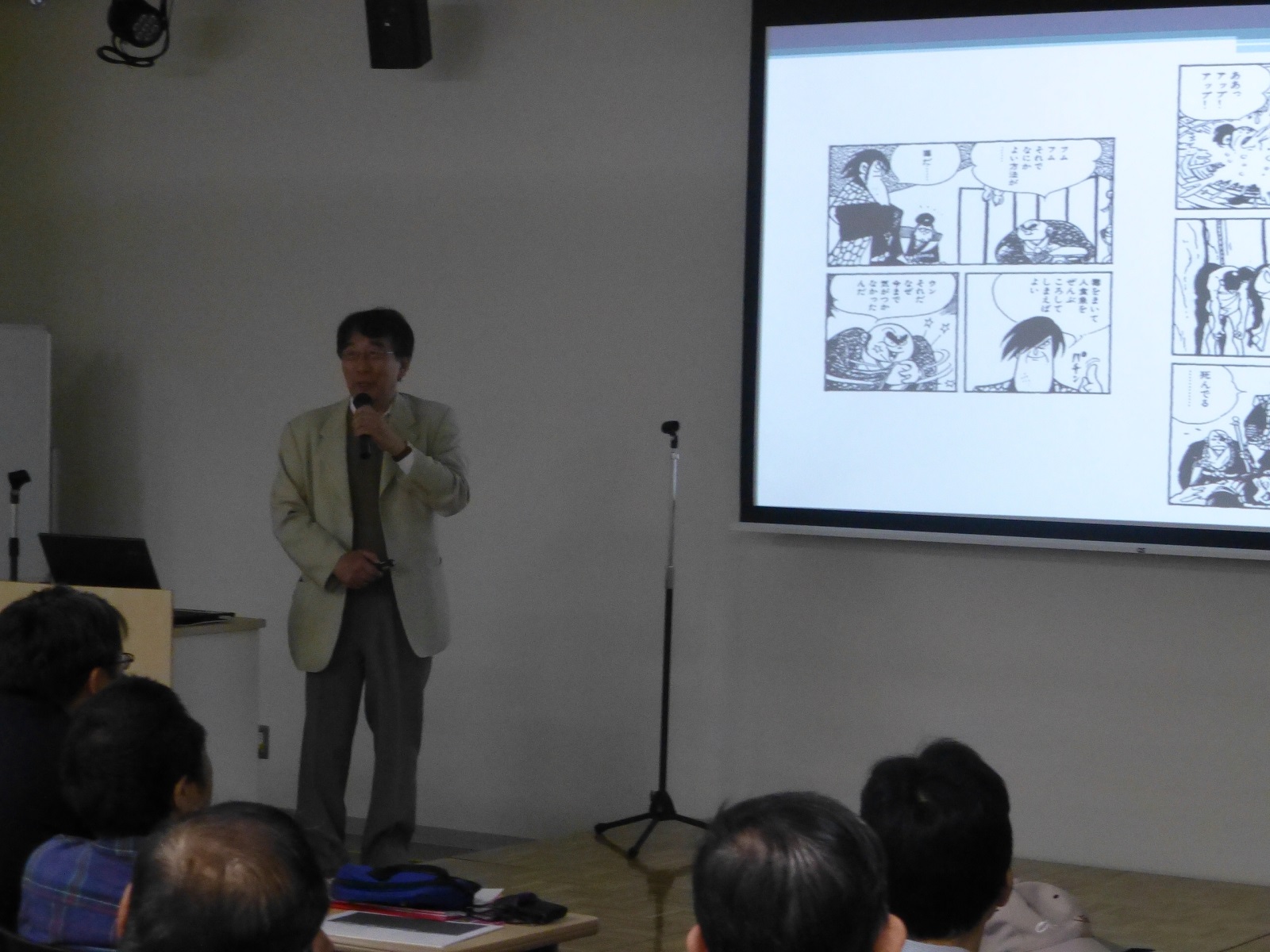Lecture No.2: "Ninjutsu and "The Art of War" by Sun Tzu"
"Ninjutsu and "The Art of War" by Sun Tzu" (summary)
Lecturer: Nozomu Katakura
Regarding to Ninjutsu and Ninja, we can find the following explanation in the "Heibonsha World Encyclopedia":
"One of a chapter, titled "Intelligence and Espionage", in "The Art of War" (military text by Sun Tzu) can be the origin of Ninjutsu. This Chinese strategy for "Kan (meaning research or stratagem)", which had developed in Japan uniquely was the method from which Ninjutsu derived from. A person who mastered it was called Ninja."
As a result of that, it should be inquired how this Chinese military text by Sun Tzu was delivered directly into ninjutsu and how it was used.
Manseishuukai is well known as the Ninjutsu-sho, which compiled all the secret documents on military strategies of Iga- and Koga-style into one book. In this lecture, we compared Manseishuukai with the "The Art of War" by Sun Tzu by focusing on the following 4 points and studying the results; (1) Ninjutsu as a strategy to win a war (2) the background of its naming "Shinobi" (3) functional types of ninja (4) morality, required for being a ninja.
Based on this study, we came to the following conclusion:
"The Art of War" states that the most ideal strategy when at war is the one to think of a way to win without fighting. Taking that as a base, Manseishuukai introduced its concept that spy and ninja can be considered the most effective mean with minimum effort in war times and their spied information hold the power to ruin the enemy's attempt.
Manseishuukai explained different types of ninja, one of them being "You-nin" who was mostly corresponded to the "Gokan" which was described in the "Intelligence and Espionage" of "The Art of War". But Manseishuukai also mentioned other types of ninja, for example "In-nin" which are not included in "The Art of War". Most of "In-nin" were highly trained for special forces even though "The Art of War" doesn't mention this concept.
Concerning the morality, in "The Art of War" generals were required to be moral. As part of its theory, raising an army is a deceptive means. Because the generals were given full authority over military operations, their function was to sanctify this unmoral means with their morality and will power to protect their nation, lords and their interests. In Manseishuukai, on the other hand, each operated ninja required his own moral in the form of "Shoshin (a person's sanity) and they were also supposed to stay moral, but differently in war and peace time. Additionally, it's recognized that their morality and loyalty could be a way to justify their thief-like activities.
We have good reason to believe that each ninja was required to be more moral the more the organization of ninja grew, and this tendency can be a possible background for Manseishuukai to derive its original ideology from.
